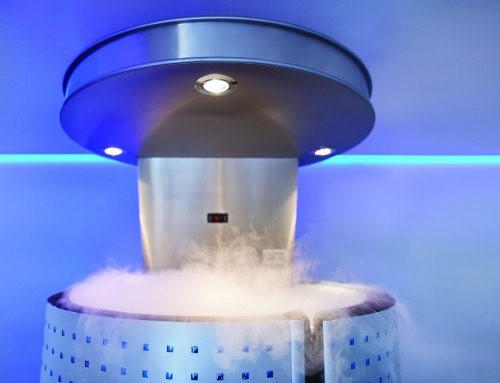
“One of the most frustrating things as an oncologist is when a patient’s tumor develops resistance to a treatment,” says Lisa Carey, M.D., medical director of the UNC Breast Center and associate director for clinical research at UNC Lineberger Comprehensive Cancer Center.
It is unclear how many cancers develop drug resistance or how many patients are affected, and so far doctors have been at a loss to predict how and when tumors will become resistant.
Now a discovery made by UNC researchers offers hope. In April, a broad-based team led by UNC pharmacology chair and Kenan Professor Gary Johnson, Ph.D., unveiled a test that enables measurement of the mechanism behind drug-resistant cancer and rational prediction of successful drug combinations.
The test measures the activity of kinases. Kinases are proteins expressed in human tissues that play a key role in cell growth, particularly in cancer. Of the 518 known human kinases, about 400 are expressed in cancers, but which ones and how many are actually active in tumors has been difficult to measure. Tremendous efforts have been made to develop kinase inhibitors as cancer treatments, resulting in new, more targeted cancer drugs such as Herceptin®, Tykerb®, and Gleevec®. However, in spite of the initial effectiveness of this class of cancer drugs, most cancers eventually become resistant.
The UNC team has developed a test that can measure both the presence and activity of 60-70% of all kinases simultaneously, allowing investigators to map how cancers evade treatment with kinase inhibitors over time so that they can combine drugs to block resistance.
Dr. Johnson says, “Single-agent kinase inhibitors are promising in principle, but often fail in practice because the network of tumor kinases learns how to get around the inhibitor, leading to rapid drug resistance. We’re very excited about the test our lab has developed because it works very well in a model of breast cancer to predict the success of combination therapies.”
Johnson is working with Dr. Carey, UNC Lineberger director Shelley Earp, M.D., and surgical oncologist Keith Amos to design and carry out clinical trials using the UNC-developed technology with the goal of real-time, personalized therapies for breast cancer.
It can often take years for a laboratory discovery like this to be applied in patient care, but UNC researchers say that several factors are helping them fast-track the discovery. First, UNC has a Specialized Program of Research Excellence in Breast Cancer – a National Cancer Institute-funded program where physicians and scientists from multiple disciplines work together.
“The ability to bring the best thinking from various fields of study together helped us see the potential of the discovery and figure out how to test it quickly,” says Carey.
Second, instead of testing new therapies, the technology should help physicians hone in on drugs or drug combinations that have been approved by the Food and Drug Administration or that are currently in clinical trials.
Finally, a grant of almost $900,000 from Susan G. Komen for the Cure® will allow UNC initially to test the technology in HER2-positive breast cancer. The team will use testing at several different points before and after treatment to determine how and why the tumors “reprogram” in response to various HER2-targeted therapies. Their goal is to define the best combinations of therapies and to develop selection strategies for individual patients.
Carey says, “HER2-positive breast cancers make up about 20 percent of all breast cancers. Several HER2-targeted drugs are in clinical use and many more are in development. But we don’t know who needs which targeted drug and why, who needs dual HER2-targeted therapy, and what other strategies might be needed to best treat HER2-positive breast cancer.
“We are excited about the ability to examine tumor samples before, during, and after kinase inhibitor treatment to see how the tumor kinase profile changes, and potentially respond to those changes using different inhibitors.”
This kind of collaboration is second nature to the physicians and researchers at UNC Lineberger. In addition to the SPORE, the UNC Breast Center offers patients the opportunity to see multiple specialists in one place, including medical oncologists, surgical oncologists, radiation oncologists, reconstructive surgeons, fertility preservation specialists, clinical cancer geneticists, nutritionists, and counselors. Breast cancer specialist Hyman Muss, M.D., leads UNC’s geriatric oncology program, which can offer special consultations for older women facing breast cancer treatment. Patients can access a broad array of services, including integrative medicine, through the UNC Comprehensive Cancer Support Program (www.unclineberger.org/ccsp). More than 40 innovative clinical trials are currently being offered at UNC. After treatment, women have access to Get REAL & HEEL, an exercise and mindfulness program, as well as survivorship programs offered by Carolina Well, UNC Lineberger’s survivorship program – one of only eight LIVESTRONG® Foundation centers of excellence in the nation.





